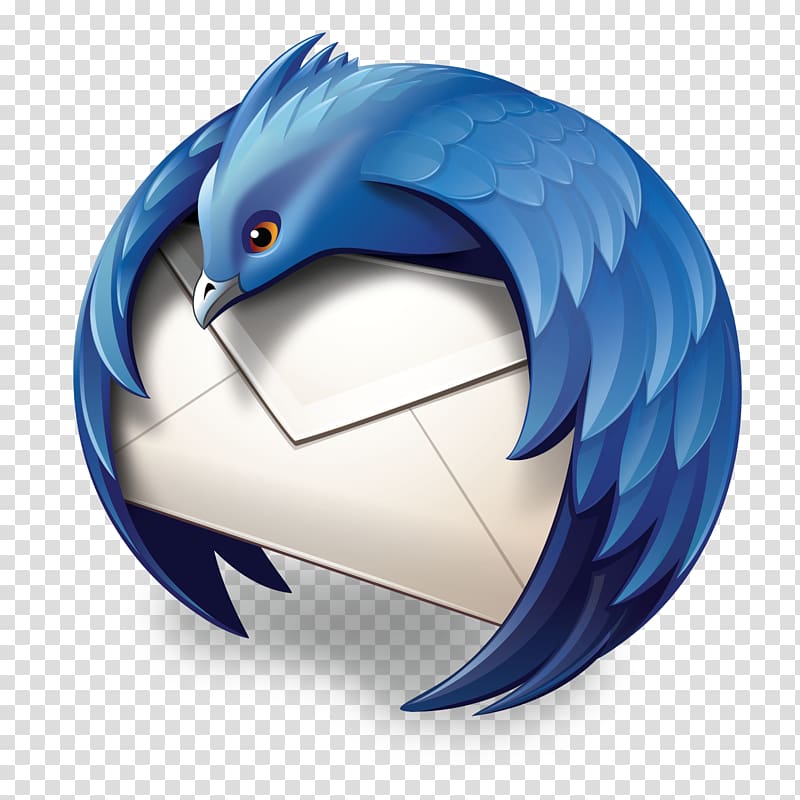
In almost all cases, edits made using the user.js can be done via theĬonfig Editor, which is the recommended method. This is the additional preferences file for Thunderbird and is located in your


Sub-folder called chrome in your profile folder.Īs with userChrome.css, this folder does not existīy default, so you need to create it before you can start adding your This file sets the display rules for web content and is located in the This folder does not exist by default, so you need to create itīefore you can start adding your preferences. Interface and is located in the sub-folder called chrome in your This file sets the display rules for various elements in the Thunderbird user You can manage any number of profiles by using the Profile that is automatically created when you start Thunderbird for the first time. The path examples above refers to the default Thunderbird is capable of handling more than one user and thus, Normally C:\Documents and Settings\ \Application Data on Windows XP/2000,Ĭ:\users\ \AppData\Roaming on Windows Vista. You will be taken to the "real" folder, which is The Application Data path on Windows 2000/XP/Vista. On Windows 95/98/Me, the path is usuallyĬ:\WINDOWS\Application Data\Thunderbird\Profiles\ fault\.On Windows Vista, and the rest should be obvious. On Windows XP/2000 or C:\users\ \AppData\Roaming\Thunderbird\Profiles\ Just browse toĬ:\Documents and Settings\ \Application Data\Thunderbird\Profiles\ Where xxxxxxxx is a random string of 8 characters. On Windows Vista/XP/2000, the path is usually.Your profile folder, which is where Thunderbird saves all your settings on your hard drive. Locate your profile folderīefore the configuration files are presented, you should know how to find Profile folder and can be edited using a standard

user.js Used to change various preferences.Īll these files are plain text files you need to create in your userContent.css Used to change the appearance of web pages. ThereĪre three files you should know about: userChrome.css Used to change the appearance of the browser.

Some tips and tricks require that you edit configuration files manually. Some preferences may require that you restart Thunderbird in order to take effect. The context menu (right-click) on any existing preference, go to the New Of used preferences, as well as a search bar at the top.ĭouble-click on a preference to change its value. Select the Advanced options panel, click on the General tab, and click To access the Config Editor, go to Tools > Options. Many of the tips and tricks mentioned on this site can be applied by using Editing Configuration Files Config Editor


 0 kommentar(er)
0 kommentar(er)
